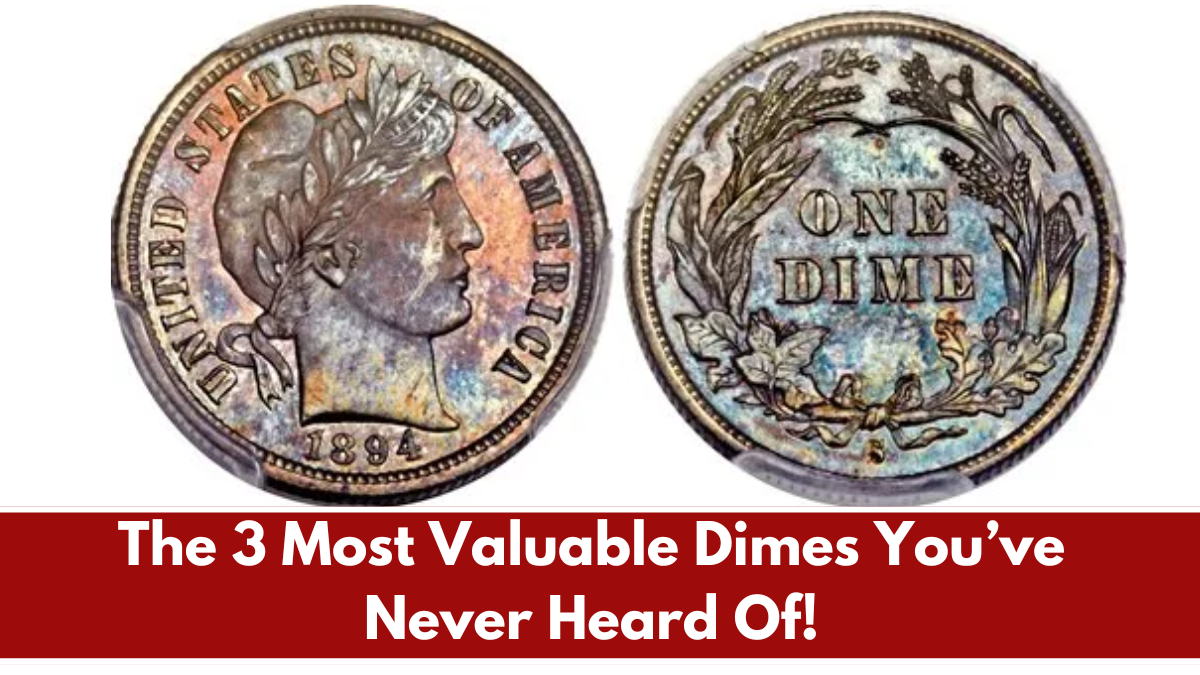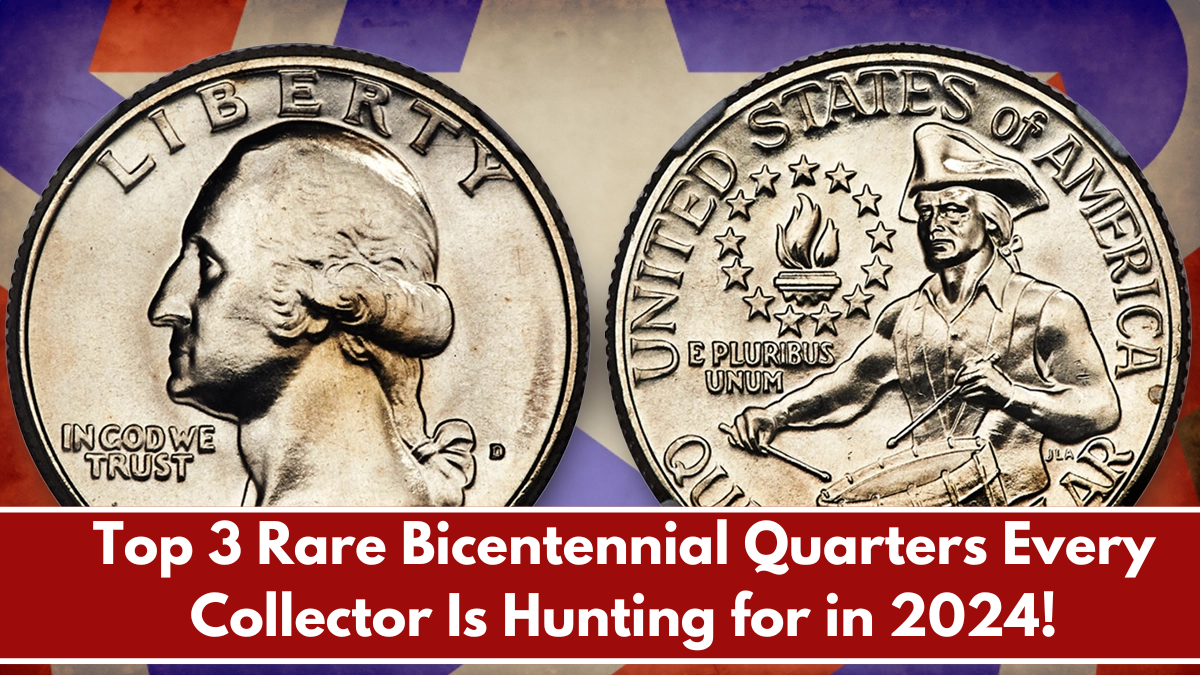If you’ve ever wondered whether your spare change could be worth more than its face value, a recent discovery has proven that even a seemingly ordinary coin can fetch an extraordinary price. The 1976 Bicentennial Quarter has become one of the hottest topics in the coin collecting world, with one of these quarters recently selling for a staggering $130,000. What makes this coin so special, and how can you spot one that might be worth a fortune? Let’s dive into the details.
The 1976 Bicentennial Quarter: A Quick Overview
The 1976 Bicentennial Quarter was minted to commemorate the 200th anniversary of the United States. With its distinctive reverse design featuring a drummer, it stands out from regular quarters. Though millions were produced, most of these coins remain relatively low in value. However, a few key errors and rare variations have turned some 1976 Bicentennial Quarters into highly sought-after treasures. The most notable example recently made headlines after selling for a jaw-dropping $130,000 at auction.
Why This Quarter Is Worth $130,000
So, what makes this specific 1976 Bicentennial Quarter worth so much? It all comes down to a rare minting error that occurred during production. The coin in question features a unique double die reverse error, where the design on the reverse side is slightly overlaid. This error is extremely rare, making it a highly valuable find for collectors. Because of its rarity and historical significance, this particular quarter has attracted intense interest from collectors, pushing its price to an impressive $130,000.
How to Spot a Rare 1976 Bicentennial Quarter
If you’re hoping to find a 1976 Bicentennial Quarter worth a small fortune, there are a few key characteristics to look for:
- Look for Minting Errors: While most Bicentennial Quarters are worth face value, those with minting errors like double die or unusual strikes can be incredibly valuable.
- Check the Condition: The condition of the coin is essential. Coins that are in near-perfect condition, with minimal wear and no signs of tarnishing, are worth more.
- Seek Professional Grading: If you think you’ve found a rare 1976 Bicentennial Quarter, have it professionally graded by a coin expert. Coins that are graded with a high quality (such as MS-65 or higher) can be worth thousands, even without major errors.
The $130,000 Bicentennial Quarter that recently made headlines is a prime example of how rare coins can skyrocket in value due to unique minting errors and historical importance. While finding one of these coins might seem like a long shot, it’s always worth examining your coin collection carefully. A simple quarter could turn out to be the key to a financial windfall!
FAQ’s:
1. What makes the $130,000 Bicentennial Quarter so valuable?
The quarter is worth so much due to a rare minting error, specifically a double die reverse, which makes it highly sought after by collectors.
2. How can I tell if my 1976 Bicentennial Quarter is valuable?
Look for minting errors like double dies or unusual strikes. Also, check the condition of the coin; higher-grade coins are worth more.
3. Can any 1976 Bicentennial Quarter be worth $130,000?
No, only those with specific errors, such as the double die reverse, can reach such high values.
4. How do I get my rare coin professionally graded?
You can send your coin to a reputable coin grading service like PCGS (Professional Coin Grading Service) or NGC (Numismatic Guaranty Corporation) for an official grade.
5. Where can I sell my rare Bicentennial Quarter?
You can sell your rare coin through auction houses, online marketplaces like eBay, or at coin shows. Make sure to consult with a professional coin dealer to ensure you’re getting the best price.













